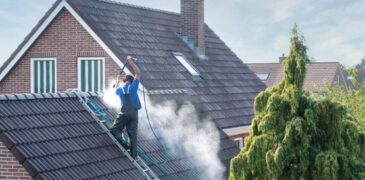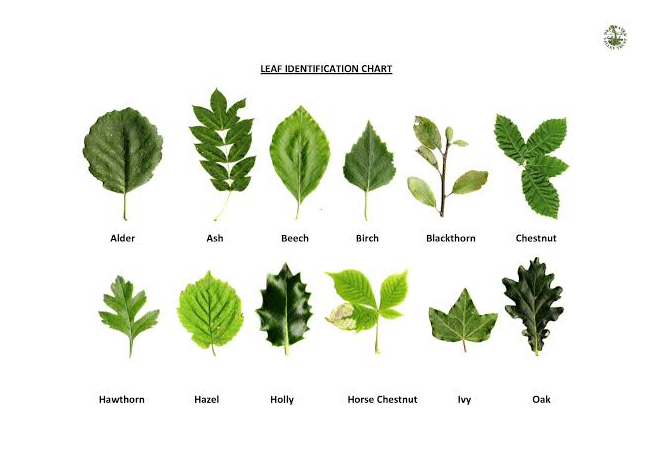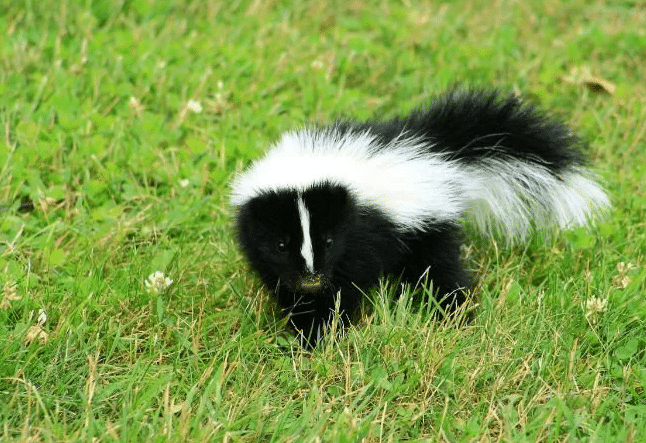Introduction to Pest Control Timing
Controlling pests is crucial for upholding a tidy, healthful living space. However, knowing the best time to start can make a world of difference in its effectiveness. Whether you are searching for professional pest control near me or looking for DIY solutions, this article will delve into the optimal times for initiating pest management measures and offer practical tips for homeowners.
It’s not just about choosing any time of the year but strategically timing your pest control efforts to coincide with pest life cycles. Effective pest control measures require understanding seasonal pest behaviors and taking action accordingly. This guided approach ensures that your efforts are well-spent and that you achieve long-term results in keeping your home pest-free.
Why Timing Matters in Pest Control
Effective pest control, both indoors and outdoors, depends on timing. Just as plants have specific growing seasons, pests are most active and pose the greatest threat to your home and outdoor spaces at certain times. Dealing with infestations during these periods can help ensure the best results. For example, certain insects are more prevalent during the warmer months, making it an ideal time for intervention. Conversely, some pests may seek shelter inside your home during colder months, while others may be more active in outdoor areas, highlighting the importance of year-round vigilance for indoor and outdoor pest control.
Knowledge of pest habits can help select the most suitable techniques and remedies. Ants and termites gather in more significant numbers during the spring and summer, whereas rodents tend to infiltrate homes more frequently in the fall and winter seasons. Aligning your actions with these natural cycles can result in pest control solutions that are both more efficient and eco-friendly.
Spring: A Prime Season
Spring is often considered the best time for pest control. As temperatures rise, many pests emerge from their dormant states, becoming more active in seeking food and establishing colonies. Starting your pest management efforts early in the spring can help prevent infestations from becoming serious problems. Routine inspections and preventive measures, such as sealing cracks and eliminating sources of stagnant water, are critical during this period.
Common Spring Pests
During the spring, many insects, such as ants, termites, and mosquitoes, emerge. Implementing prevention measures promptly can prevent a severe infestation. Interventions that interrupt these pests’ reproduction are most successful now. A case in point is taking action against termites before they swarm to safeguard your home, whereas early mosquito management can prevent disease.
The Summer Surge
Although spring is crucial for prevention, pest activity can rise in summer because of favorable weather conditions. The perfect conditions created by the warmth and humidity of summer allow pests to thrive. Observing and promptly reacting closely during the summer season is essential to maintain population control. Homeowners need to concentrate on typical summer pests like ants, mosquitoes, and rodents to stop them from invading their homes.
Dealing with Summer Pests
Ensuring your yard and home are free from stagnant water and food debris can reduce mosquito and ant populations. Additionally, sealing cracks and crevices can prevent rodents from finding entry into your living space. Summer is also an excellent time to maintain your lawn and garden, as overgrown vegetation can provide hiding spots for pests. Regularly trimming bushes, keeping grass short, and removing garden debris can create a less inviting environment for pests.
Using natural repellents and setting up outdoor traps to control the pest population might also be beneficial before they enter your home. Overall, the goal is to create a less hospitable environment for pests while keeping your property well-maintained.
Fall: Preparing for Winter
The fall season demands a different approach. As temperatures decline, pests search for warm places to overwinter, often invading homes. Implementing pest control measures in the fall, such as sealing entry points and removing outdoor debris, can significantly reduce indoor pest problems during winter. The transition period from fall to winter is crucial as pests seek shelter most actively.
Fall Pest Control Tips
Focus on sealing cracks and gaps around doors, windows, and foundations. Removing piles of leaves and garden debris will also discourage pests from looking for nesting sites. This is an ideal time to set up traps and baits for rodents before they establish themselves inside your home. Inspecting and cleaning gutters can also help prevent pests since clogged gutters can become insect breeding grounds.
Additionally, storing firewood away from your home’s foundation and reducing clutter in garages and attics can minimize pests’ hiding spots. This comprehensive approach can help avoid significant pest invasions during the colder months.
Winter: Maintenance and Monitoring
Winter might seem like an off-season for pest control, but it’s a bold time for maintenance and monitoring. Inspecting your home for signs of pests and addressing any issues immediately can prevent future infestations. It’s also a great time to consult with pest control professionals for advice and prepare for the upcoming spring. This period allows you to reinforce pest control measures taken earlier in the year and ensure your home remains protected.
Winter Strategies
Checking your home for signs of pests, such as droppings, can help you catch potential issues early. If you identify a problem, tackling it in winter can prepare your home for the warmer months. Using less toxic methods such as traps and baits during the winter can also be effective, as pests are often more desperate for food and shelter.
Periodic Inspections and Professional Help
Routine inspections are crucial for effective pest management. Setting up a routine for inspections, whether every three months or bi-annually, can help promptly identify and address problems. Consulting with professionals can offer tailored solutions and peace of mind. Professional pest control services provide specialized expertise not easily seen by laypeople, ensuring maximum protection for your residence.
Conclusion
Understanding the best times to start pest control can lead to more effective pest management and a healthier home environment. Remember, preventive measures in the spring, vigilant actions in the summer, fall preparation, and winter maintenance are integral parts of an all-year-round pest control strategy. These steps, routine inspections, and professional advice will keep your home pest-free throughout the year. By following these seasonal pest control guidelines, you can protect your home and family from unwanted invaders. A proactive and informed approach will yield the best results, whether with insects, rodents, or other pests.




